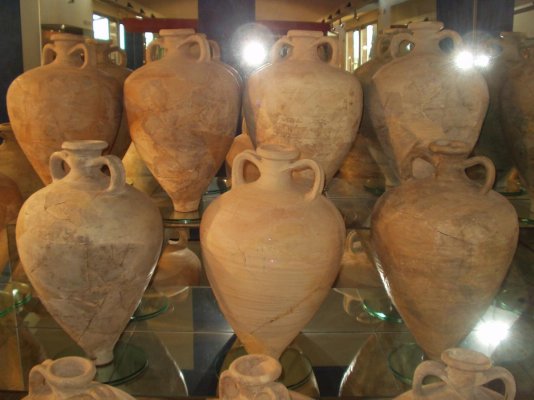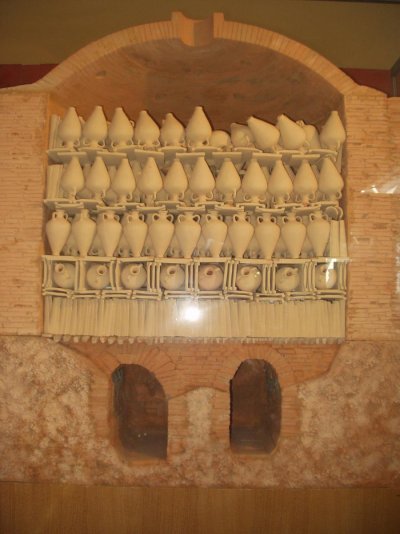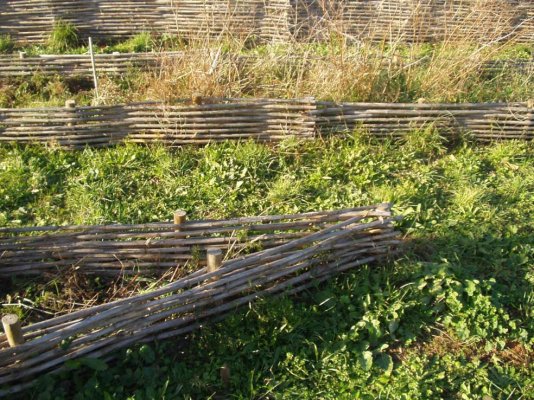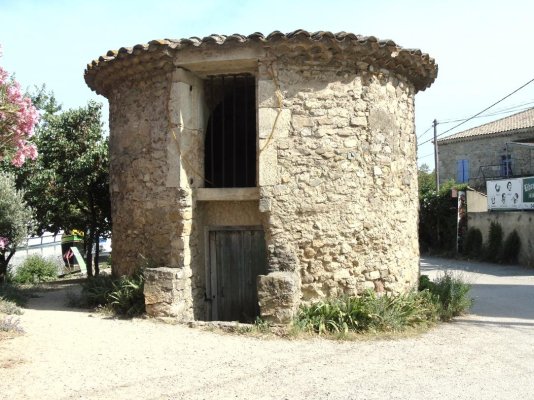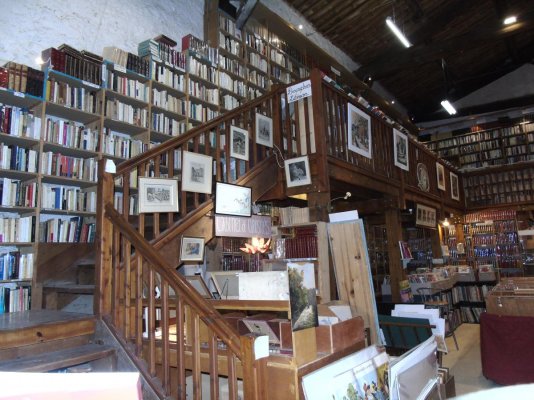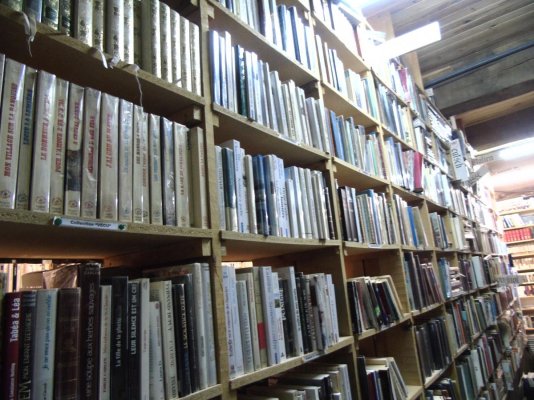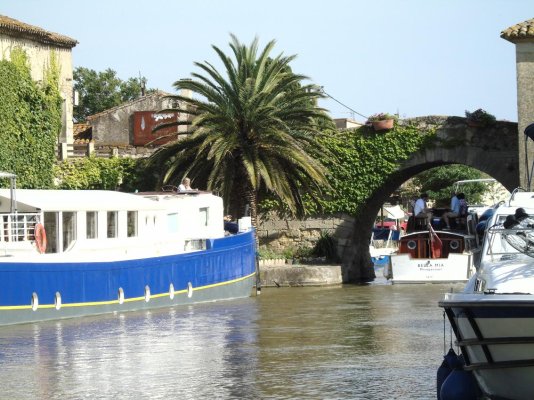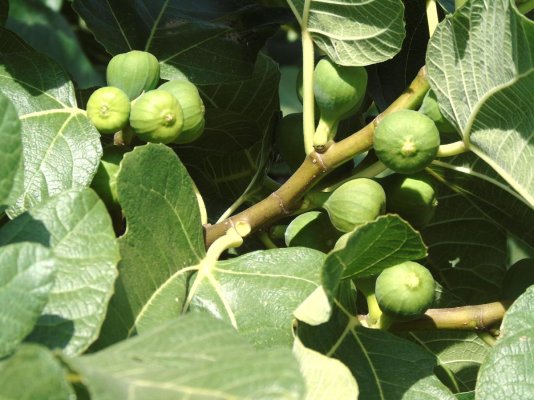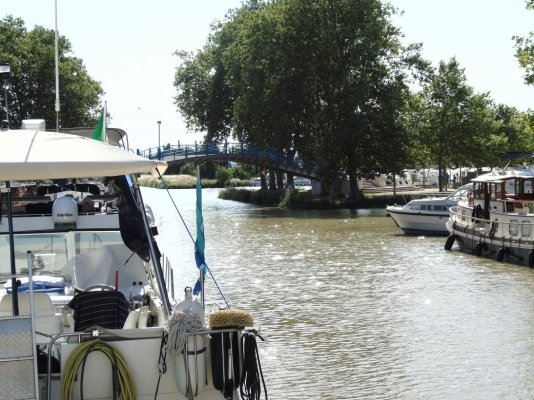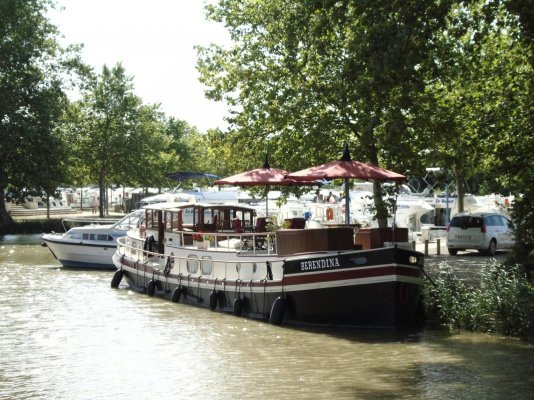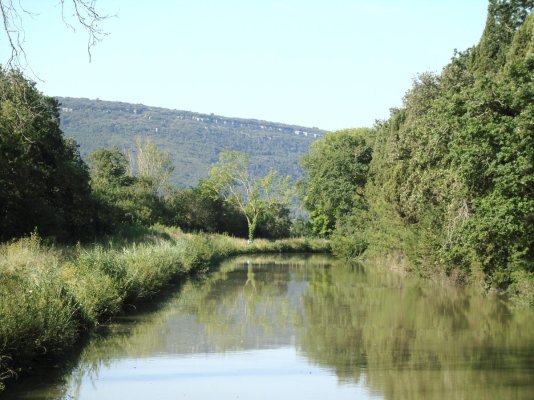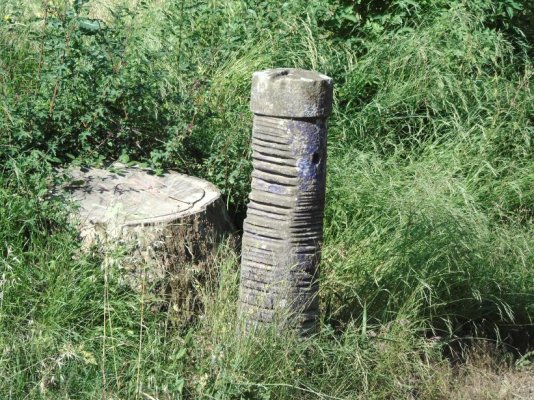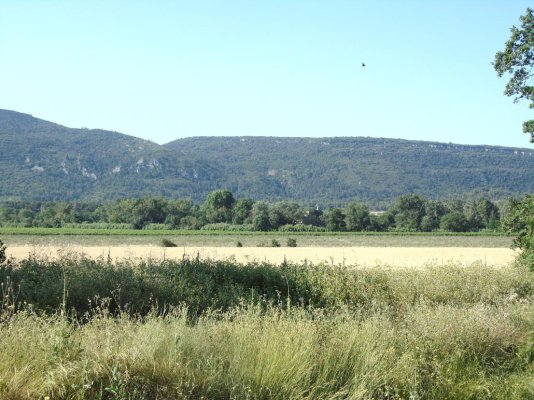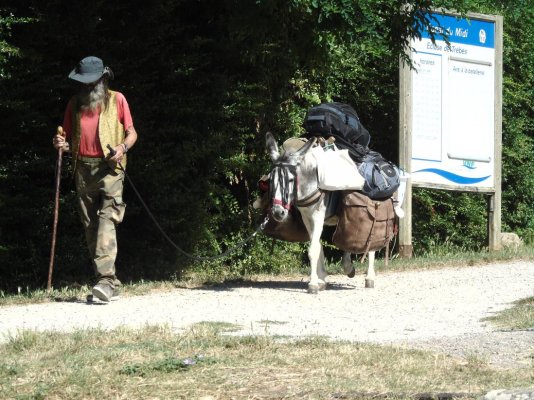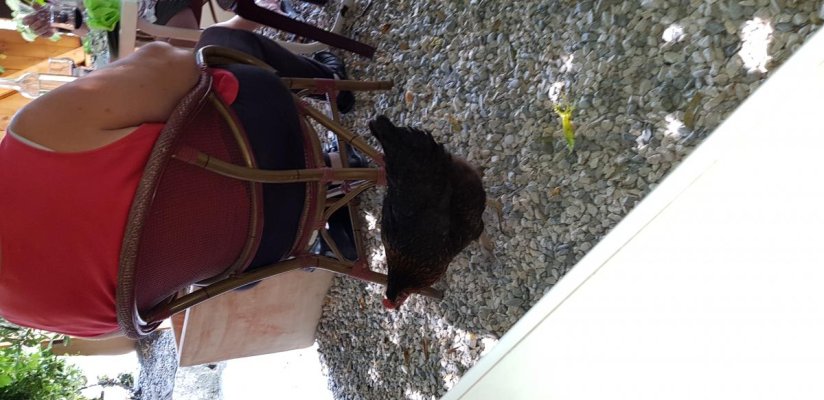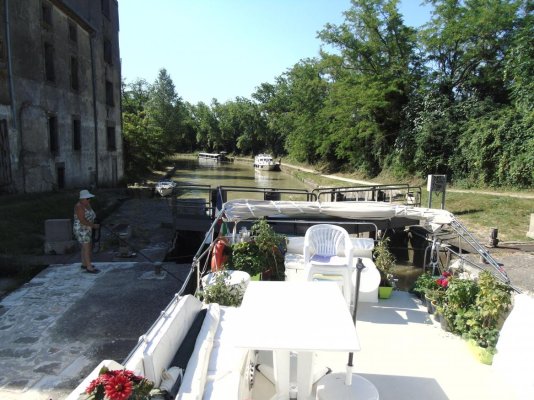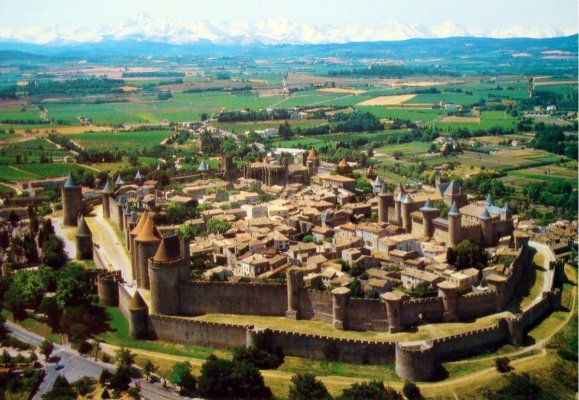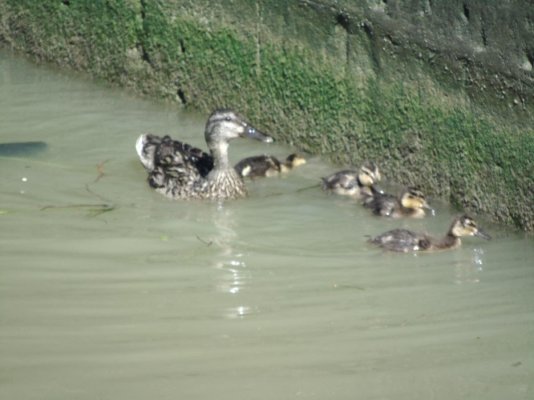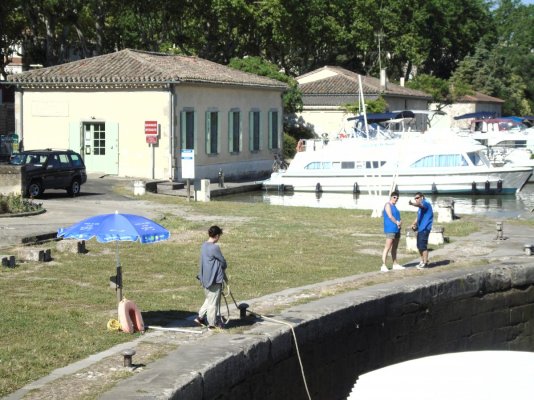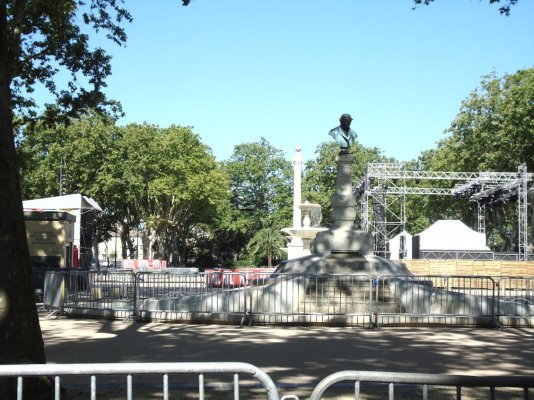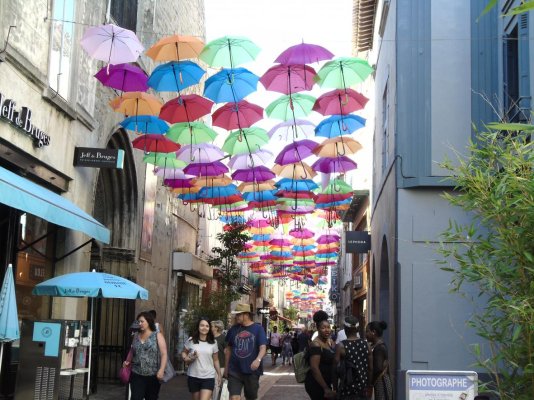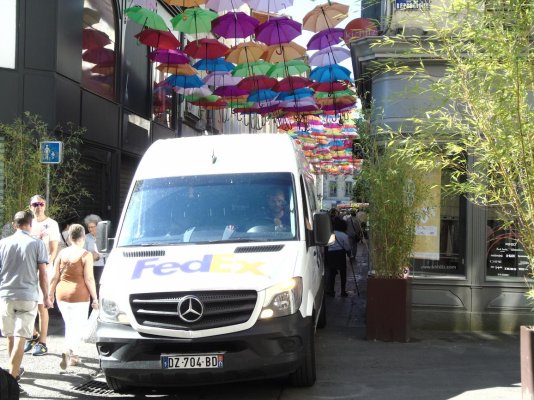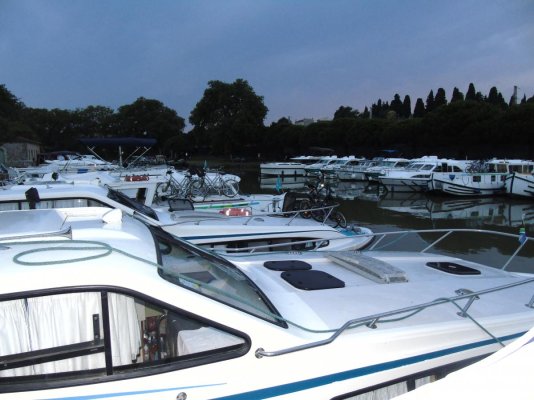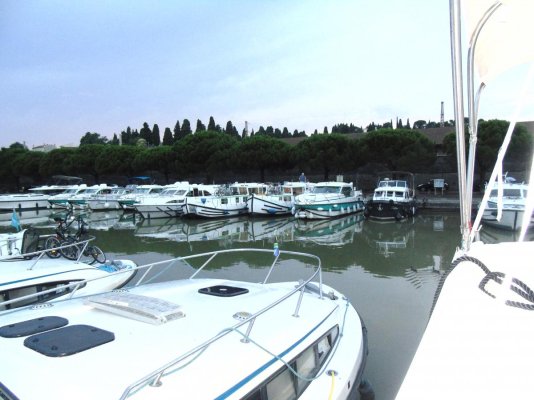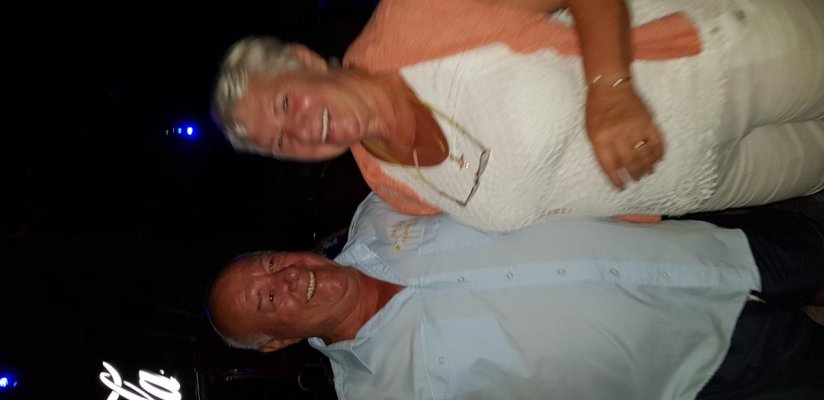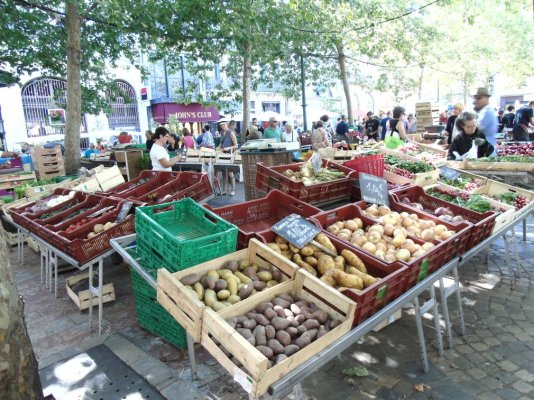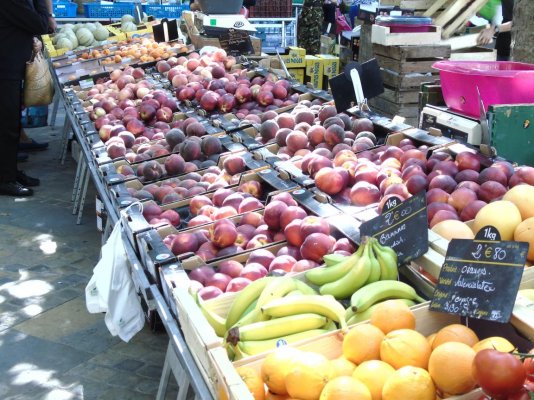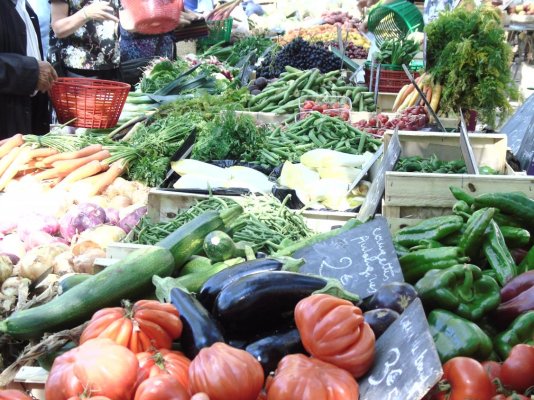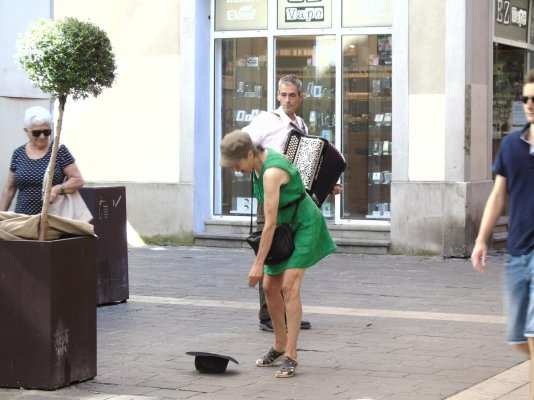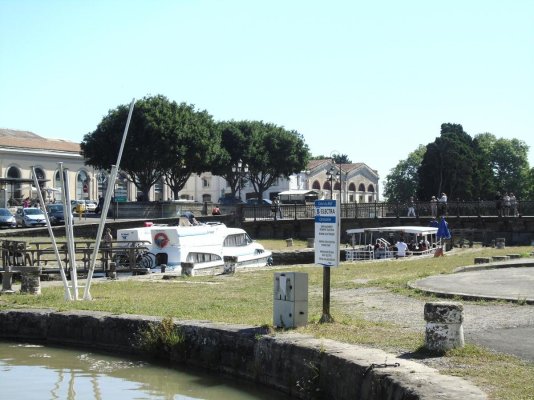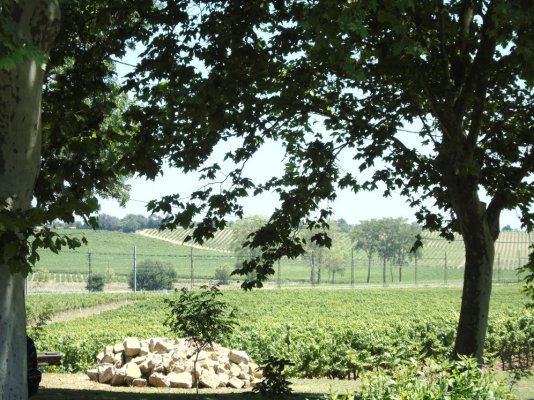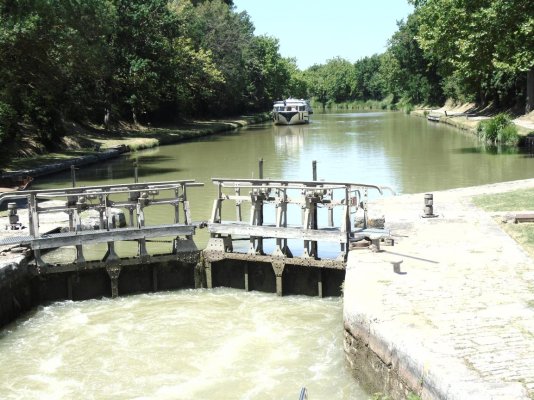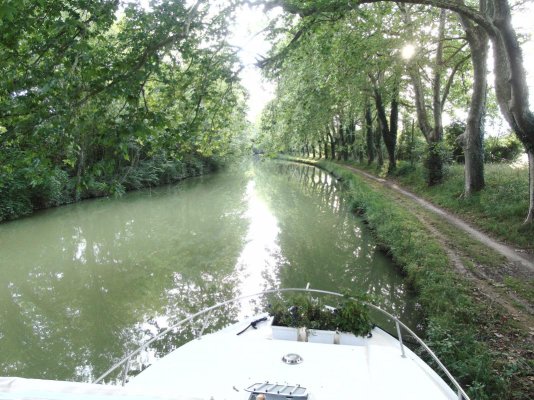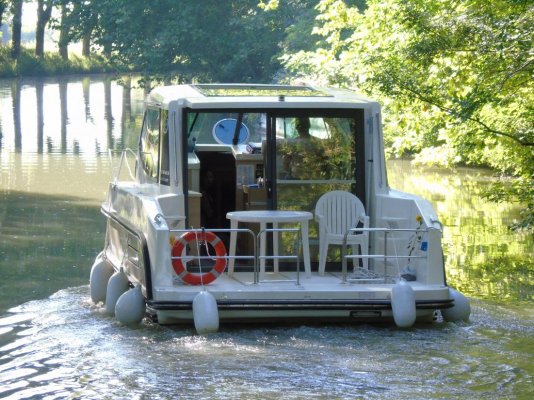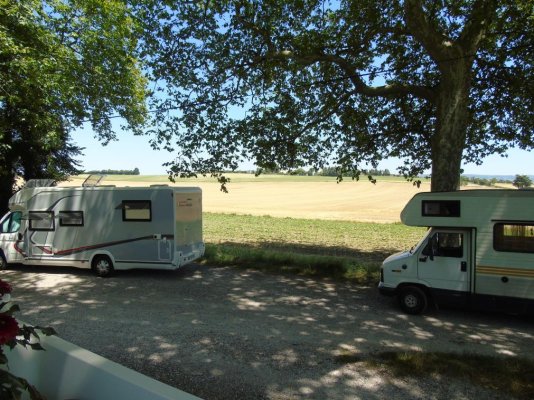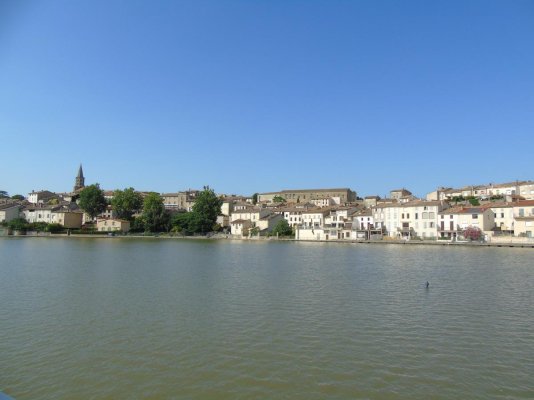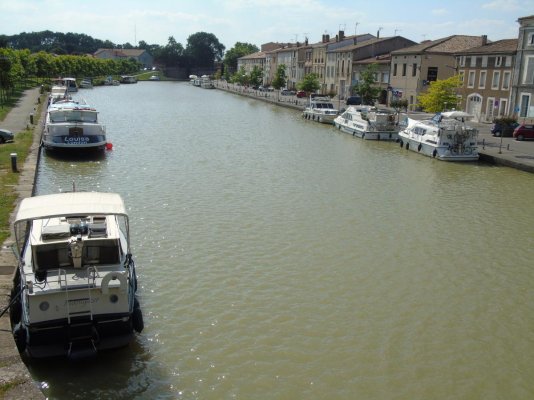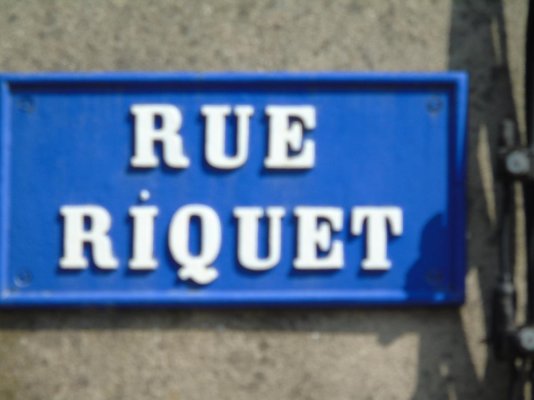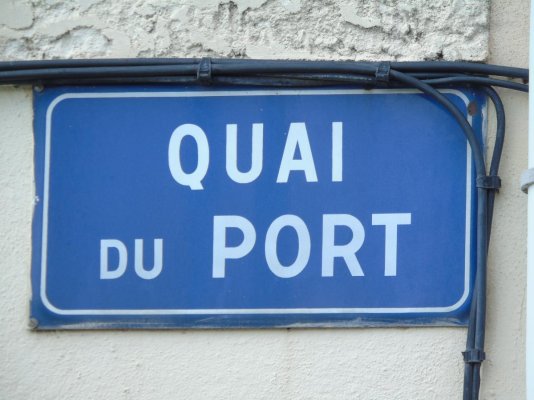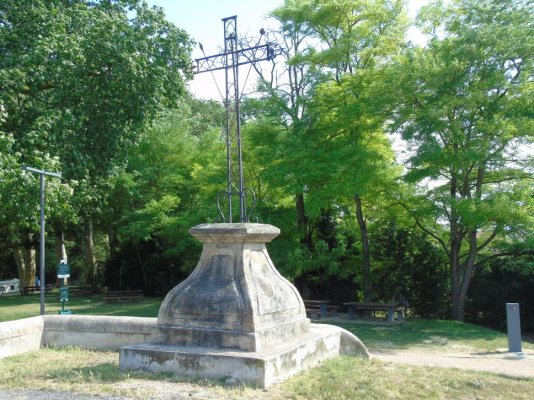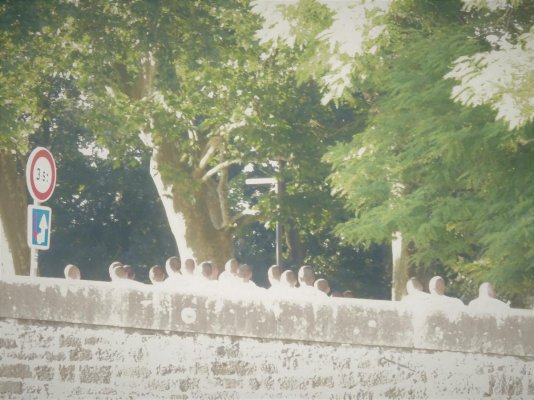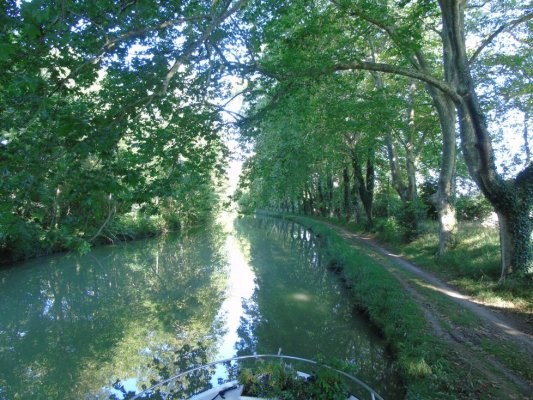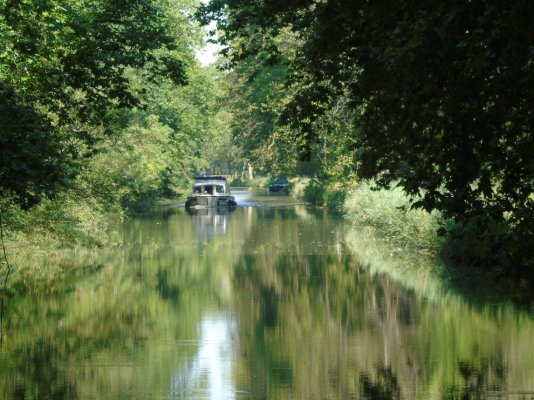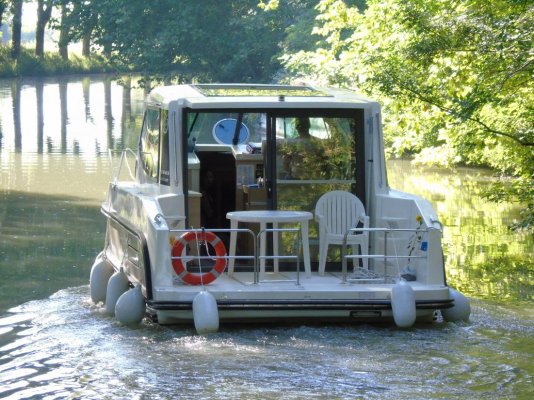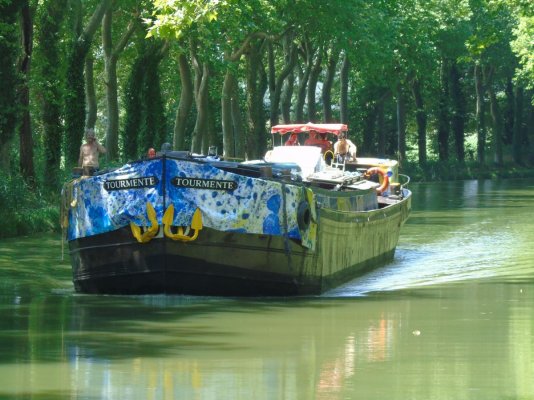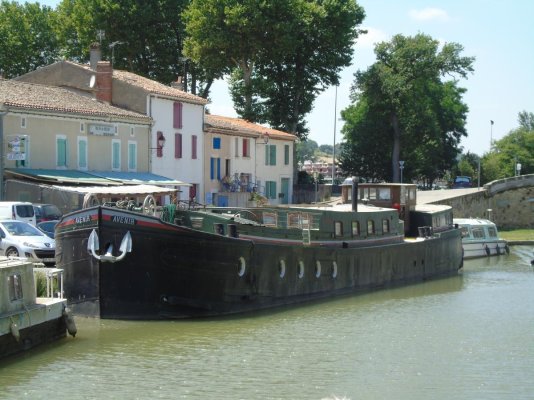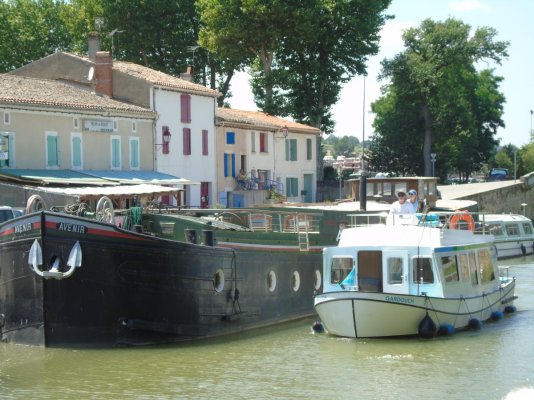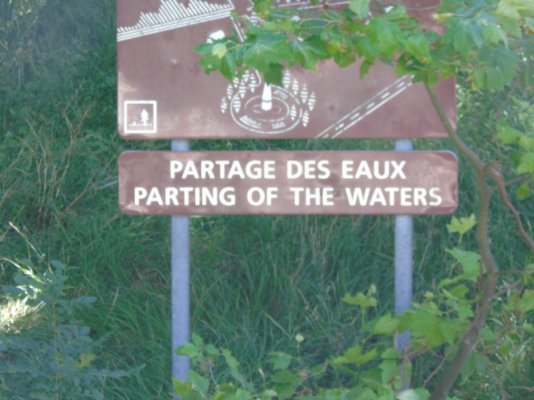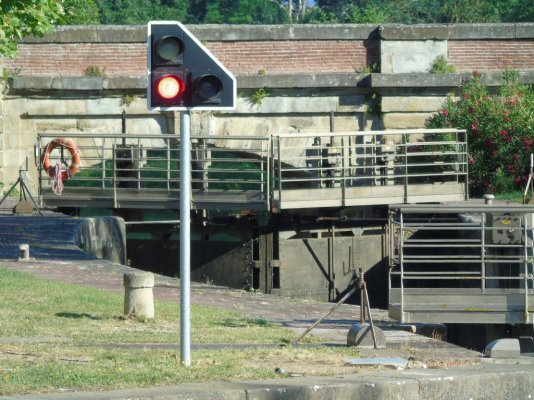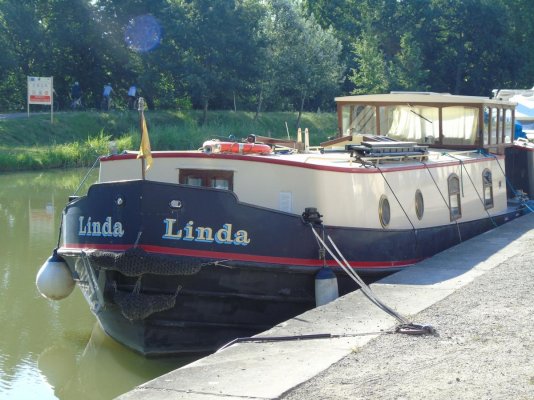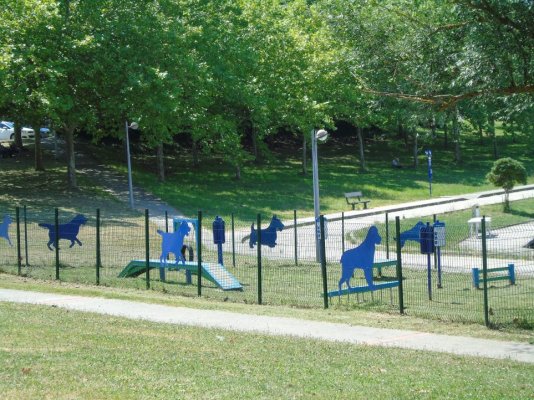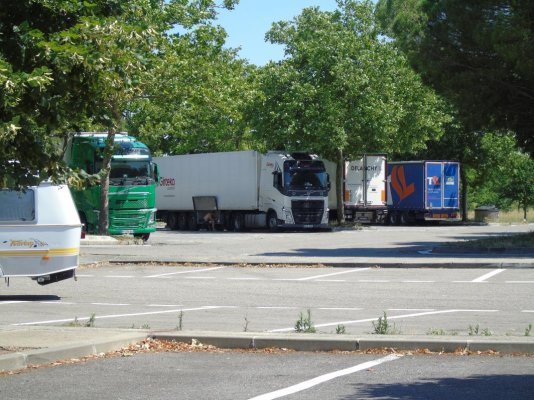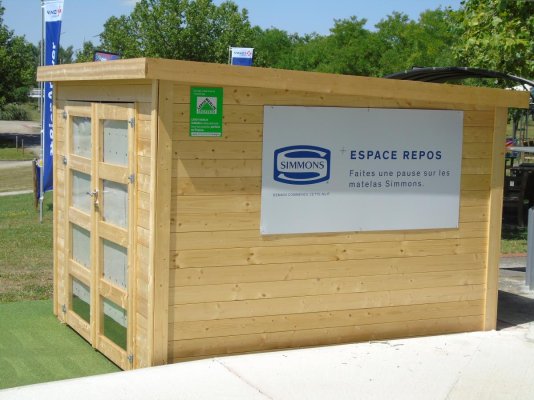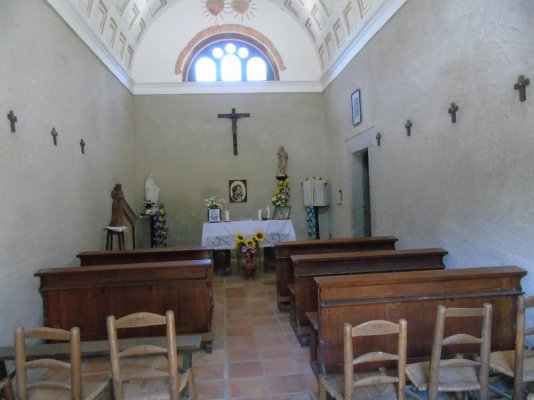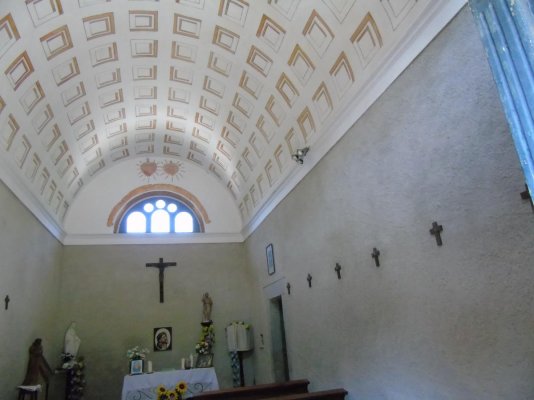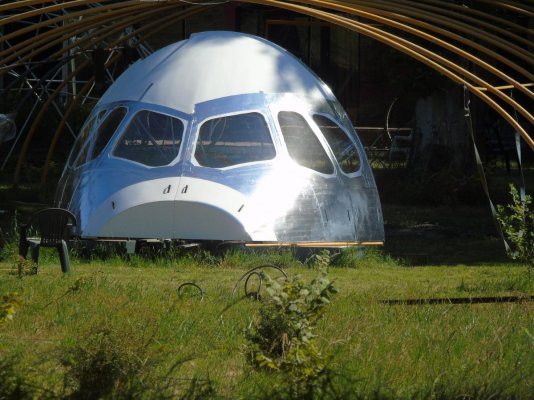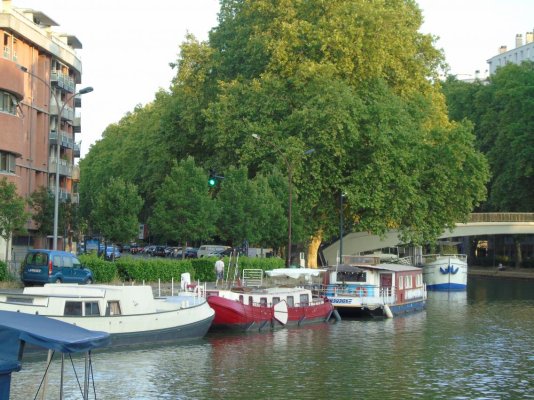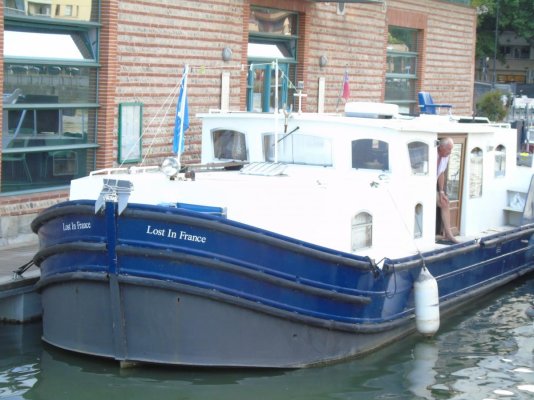Irish Rambler
Guru
- Joined
- Apr 29, 2014
- Messages
- 1,733
- Location
- FRANCE
- Vessel Name
- 'Snow Mouse.'
- Vessel Make
- BROOM FLYBRIDGE 42.
Just like everyone else in the Northern hemisphere it's time for our summer cruise and as you all know by now, if there's no pics, there's no cruise.
Over the next few posts we'll give you the background how, what, why and when the canal du Midi canal was built 'Between Two Seas' or as the French call it the 'Entre Deux Mers' from Bordeaux on the Atlantic coast to Sete on the Mediterranean sea.
Hopefully you will find it as enjoyable and interesting as us.
First, this is a photo our boat 'Snow Mouse' on her winter berth in Narbonne, France.
She's a British built Broom 42' round bilge low wash displacement cruiser, designed by the British marine architect John Bennett.
His commission was to design an easily handled 9 berth roomy hire boat cruiser for the Emerald Star hire boat company in Carrick-on-Shannon in Ireland.
Emerald Star was part of the Guinness group, when Guinness was taken over the company felt that hire boats didn't fit their portfolio as a drinks company.
Emerald Star was then sold to Le Boat (a division of the Tui travel group).
We bought her from Le Boat and then transferred her to Belturbet, County Cavan in Ireland for the first part of her transformation into a comfortable liveaboard home.
The following year we cruised her from Belturbet to Dunkirk in France. You can read all about that wonderful adventure here on TF as the post 'Ireland to the Mediterranean Part1, or in my e-book/paperback called 'Encore' from Amazon.
The next spring we cruised her from Dunkirk to, Belgium, Holland, Germany and down to our winter berth in Narbonne in the South of France, that spawned another book 'Windmills and Wine' also available as an e-book or paperback from Amazon.
Photo's.
1, 'Snow Mouse' our floating home.
2,Emeral Star hire boat base in Carrick-on-Shannon.
3. Self explanatory.
Over the next few posts we'll give you the background how, what, why and when the canal du Midi canal was built 'Between Two Seas' or as the French call it the 'Entre Deux Mers' from Bordeaux on the Atlantic coast to Sete on the Mediterranean sea.
Hopefully you will find it as enjoyable and interesting as us.
First, this is a photo our boat 'Snow Mouse' on her winter berth in Narbonne, France.
She's a British built Broom 42' round bilge low wash displacement cruiser, designed by the British marine architect John Bennett.
His commission was to design an easily handled 9 berth roomy hire boat cruiser for the Emerald Star hire boat company in Carrick-on-Shannon in Ireland.
Emerald Star was part of the Guinness group, when Guinness was taken over the company felt that hire boats didn't fit their portfolio as a drinks company.
Emerald Star was then sold to Le Boat (a division of the Tui travel group).
We bought her from Le Boat and then transferred her to Belturbet, County Cavan in Ireland for the first part of her transformation into a comfortable liveaboard home.
The following year we cruised her from Belturbet to Dunkirk in France. You can read all about that wonderful adventure here on TF as the post 'Ireland to the Mediterranean Part1, or in my e-book/paperback called 'Encore' from Amazon.
The next spring we cruised her from Dunkirk to, Belgium, Holland, Germany and down to our winter berth in Narbonne in the South of France, that spawned another book 'Windmills and Wine' also available as an e-book or paperback from Amazon.
Photo's.
1, 'Snow Mouse' our floating home.
2,Emeral Star hire boat base in Carrick-on-Shannon.
3. Self explanatory.
Attachments
Last edited:


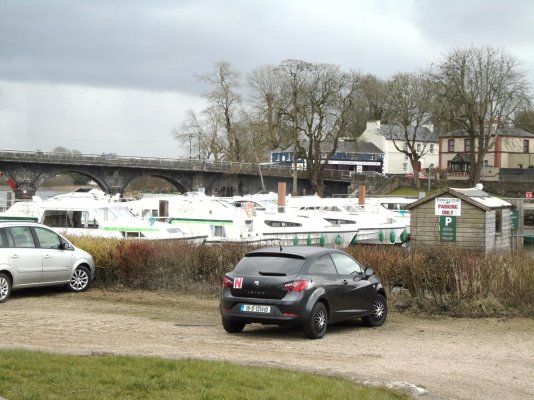

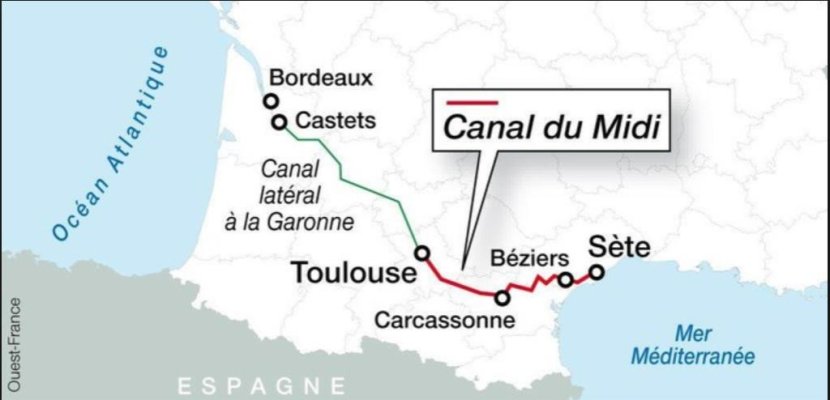




![P131112_12.12_[02].jpg](/data/attachments/71/71033-05db09d9e3c6ee0c1965d0849715dbc9.jpg)
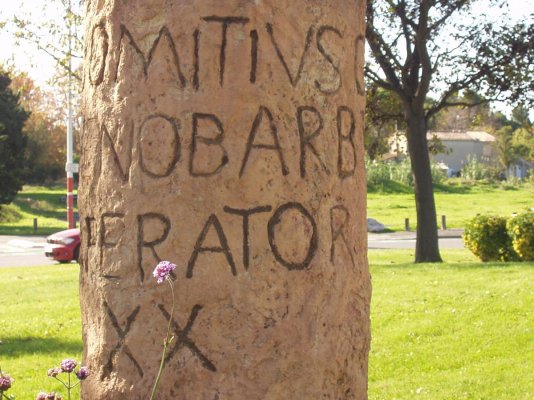

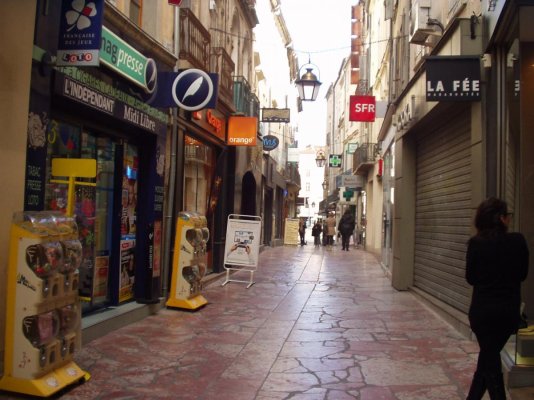


 . I will enjoy to read your summer cruise along the lovely Canal du Midi, a peaceful waterway winding through the southwest of France.
. I will enjoy to read your summer cruise along the lovely Canal du Midi, a peaceful waterway winding through the southwest of France.